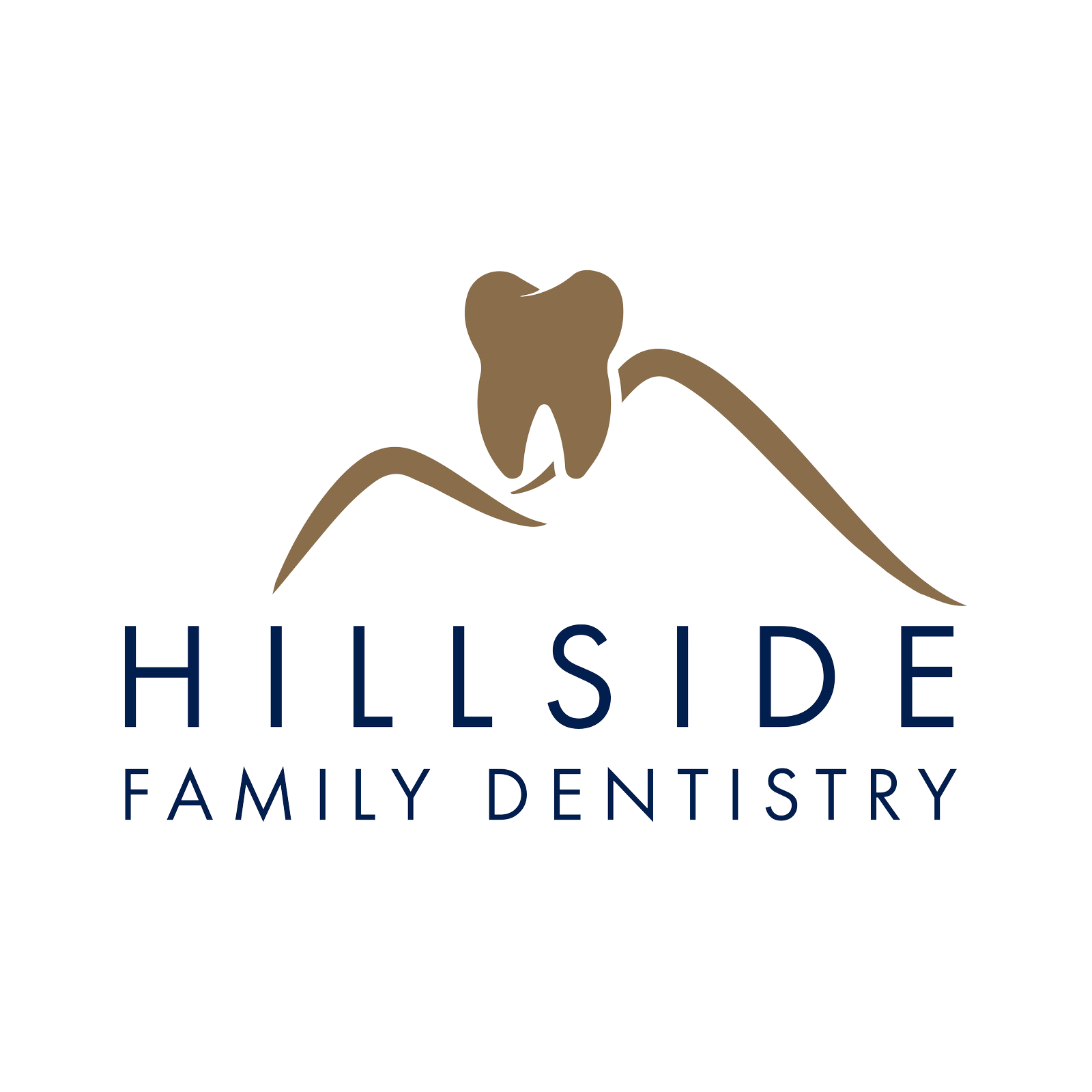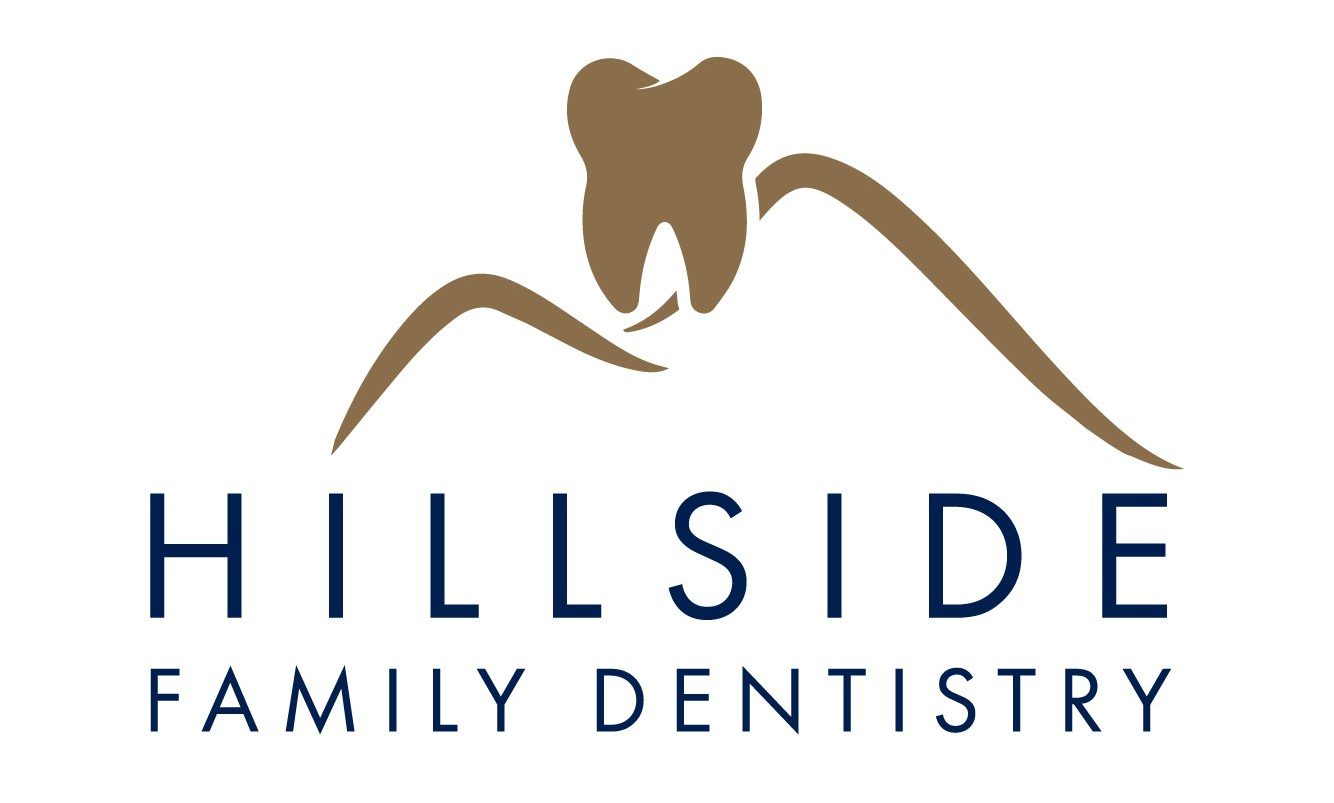Hidden Holes: The Straight-Talk Guide to Cavities and How to Spot Them Early
Have you ever wondered why a perfectly good tooth can suddenly develop a tiny dark spot that grows into a painful problem? Cavities can seem to appear out of nowhere, yet they follow clear rules of science and oral hygiene. Understanding what is a cavity?—and just as importantly, how do I know if I have a cavity—is the first step toward keeping every tooth strong for life.
Decoding Tooth Decay: What Is a Cavity?
A cavity is a permanently damaged area in the hard surface of a tooth that turns into a small opening or hole. When sugars and starches from food stay on the teeth, bacteria feed on them and produce acids. Over time, these acids dissolve enamel—the tooth’s tough outer layer—leading to decay. Left unchecked, the damage can reach the softer dentin underneath and even the nerve-rich pulp in the center of the tooth.
Think of enamel as a castle wall. Once acid erosion breaks a breach in that wall, it becomes easier for invaders (more bacteria) to enter. According to the American Dental Association, enamel doesn’t grow back on its own, so early discovery is crucial. Daily brushing with fluoride toothpaste, flossing, and professional cleanings help rebuild minerals in weakened enamel, sealing tiny areas before they expand into full cavities.
Cavity Clues: How Do I Know If I Have a Cavity?
Early cavities often cause no pain, which is why routine exams at Hillside Family Dentistry are essential. However, your body does send warning signals. Watch for these common signs:
- Tooth sensitivity to cold drinks, sweet snacks, or even a burst of chilly air
- Visible spots or stains that are white, brown, or black on the tooth surface
- Persistent bad breath that brushing and mouthwash can’t mask
- A rough feeling when you glide your tongue across a tooth
- Sharp pain when biting down or chewing on one side
If you notice one or more of these clues and find yourself asking “how do I know if I have a cavity?” it’s time to schedule a check-up. Dr. Ada and the team use low-radiation digital X-rays to see beneath the surface, confirming whether decay is present and how far it has progressed.
Seeing Is Believing: What Do Cavities Look Like?
Cavities can appear different based on their stage and location:
- Smooth-surface cavities often start as chalk-white patches near the gumline. They’re easiest to reverse if caught early.
- Pit and fissure cavities hide in the grooves on top of molars. They may look like tiny brown or black dots but spread wide underneath.
- Root cavities form on exposed roots when gums recede. They usually look like dark, soft areas near the gum edge.
Under bright dental lights—or in photos from an intraoral camera—you might see a cavity as a shadowy spot or a hole. Yet many cavities live between teeth where your eye can’t reach, reinforcing the value of professional exams.
The Benefits of Early Detection and Treatment
Professional insight: The Centers for Disease Control and Prevention notes that tooth decay is the most common chronic disease of children and adults, but it’s also highly preventable.
Why catching a cavity early matters
- Less drilling, more saving. Small cavities can often be treated with a conservative composite filling that preserves most of your natural tooth structure.
- Cost control. Minor repairs cost a fraction of root canal therapy or a crown needed for advanced decay.
- Comfort first. Early treatment eliminates pain before it starts, sparing you nighttime throbs or emergency visits.
- Whole-body health. Untreated cavities may lead to infections that travel through the bloodstream, affecting heart health and more, according to research published in the Journal of Dental Research.
- Confidence in your smile. Restoring a tooth to full strength lets you chew, speak, and laugh without worry.
Take Action Before Decay Takes Over
Cavities don’t heal themselves. By now you know the answer to “what is a cavity?” and can recognize the key signals when wondering “how do I know if I have a cavity.” Early detection protects your smile, your wallet, and your overall well-being.
If you’ve spotted any warning signs—or if it’s been more than six months since your last exam—call 770-485-9949 or visit Hillside Family Dentistry at 4408 Cobb Pkwy NW, Acworth, GA 30101. Dr. Ada’s experienced team will provide a gentle evaluation, clear answers, and a personalized plan to keep every tooth at its best.
Invest in prevention today, and enjoy a cavity-free smile tomorrow!
Share This Post

